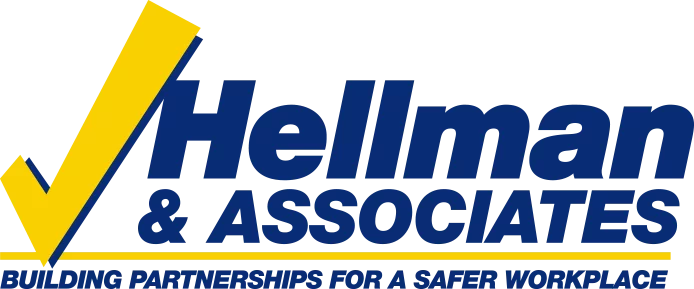OSHA Standard: 1926.651
Trenches & Excavations
According to the U.S. Occupational Safety and Health Administration, 2 workers die every month in excavations. Walls collapsing and crushing employees is the largest single cause of death. However, there are other extremely dangerous hazards including inhalation of toxic fumes or lack of oxygen, drowning due to water pipe bursts or bad weather, electrical shock or explosion due to underground utilities, to name a few.
Extreme caution and patience needs to be used when working in and around trenches and excavations. Safety precautions and controls need to be implemented and observed at all times. Do not enter any trench without having completed proper training.
A safe trench or excavation must adhere strictly to all plans and specifications. Soil conditions must be monitored for changes and location of all existing utilities is mandatory.
Some of the protective systems for trenches include:
- Sloped for stability – 3/4:1 for type A soil, 1:1 for type B soil, 1-1/2:1 for type C soil
- Cut to create stepped benched grades (type A or B soil only)
- Supported by a system made with materials such as posts, beams, shores or planking and hydraulic jacks
- Shielded by a trench box to protect workers in a trench
- A safe means of entry and exit is required if trench is 4 feet or greater in depth
- Excavated or other materials and equipment must be at least 2 feet back from the edge of a trench
- A safe way to exit must be provided within 25 feet of workers in a trench
THE COMPETENT PERSON MUST BE KNOWLEDGEABLE AND HAVE THE AUTHORITY TO TAKE CORRECTIVE ACTION TO ELIMINATE EMPLOYEE INJURY!
A competent person must inspect trenches daily and when conditions change. This inspection should be documented and workers should be able to read it before they enter the trench.
